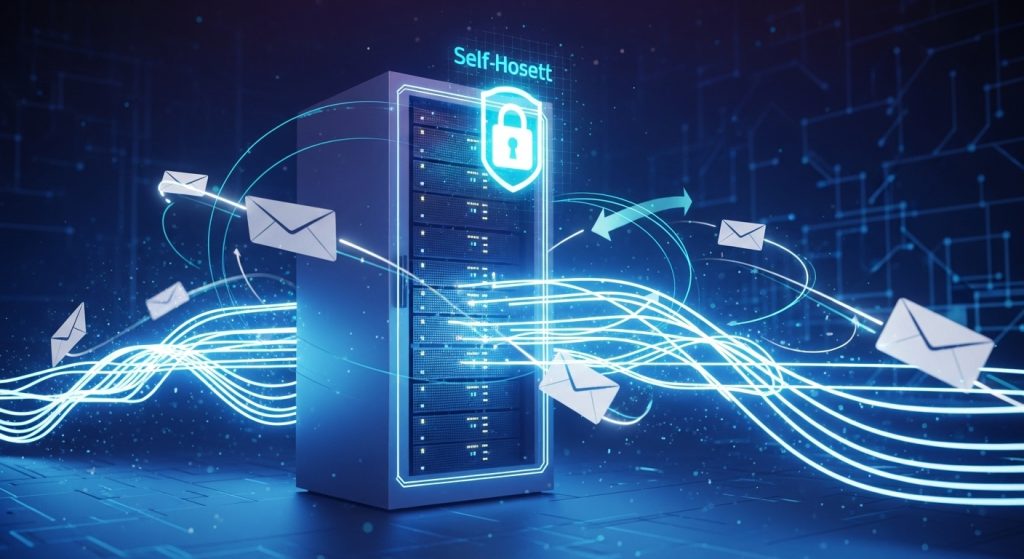In an era dominated by fleeting social media trends and ever-changing algorithms, email marketing remains a steadfast and incredibly powerful tool for building lasting customer relationships and driving consistent sales. Far from being an outdated tactic, email marketing offers a direct, personal, and highly effective channel to connect with your audience, nurture leads, and convert prospects into loyal customers. This guide explores the undeniable power of email marketing and provides actionable strategies to help you harness its full potential for your business.
At its core, email marketing is about building and nurturing relationships. Unlike social media, where your reach is often dictated by algorithms, email gives you direct access to your audience’s inbox. This direct line of communication allows you to deliver personalized messages, share valuable content, and build trust over time. The first step to leveraging this power is to build a high-quality email list. Focus on attracting subscribers who are genuinely interested in your products or services. Offer compelling incentives like exclusive content, discounts, or free resources in exchange for their email address. Use clear calls to action on your website, social media, and other marketing channels to encourage sign-ups.
Segmentation is key to effective email marketing. Not all subscribers are the same, and sending generic emails to everyone will yield suboptimal results. Segment your email list based on various criteria such as demographics, purchase history, engagement levels, interests, and behavior on your website. This allows you to send highly targeted and relevant messages to specific groups of subscribers. For example, you might send a special offer to customers who have purchased a specific product, or a welcome series to new subscribers. Personalized emails have significantly higher open rates and click-through rates, leading to better engagement and conversions.
Crafting compelling email content is paramount. Your emails should be valuable, engaging, and provide a clear benefit to the recipient. Focus on writing captivating subject lines that encourage opens. The content itself should be well-written, concise, and easy to read. Use a mix of text, images, and videos to make your emails visually appealing. Always include a clear call to action (CTA) that tells subscribers what you want them to do next, whether it’s visiting your website, making a purchase, or downloading a resource. Provide a balance of promotional and valuable content; don’t just sell, educate and entertain your audience too.
Automation is a game-changer in email marketing. Set up automated email sequences (drip campaigns) to nurture leads, onboard new customers, or re-engage inactive subscribers. Examples include welcome series for new sign-ups, abandoned cart reminders, post-purchase follow-ups, and birthday emails. Automation ensures that your audience receives timely and relevant messages without constant manual effort. This not only saves you time but also ensures a consistent and personalized experience for your subscribers, leading to higher engagement and conversion rates. Leverage your email marketing platform’s automation features to their fullest extent.
Measuring your email marketing performance is crucial for continuous improvement. Track key metrics such as open rates, click-through rates (CTR), conversion rates, bounce rates, and unsubscribe rates. Analyze these metrics to understand what’s working well and what needs improvement. A/B test different elements of your emails, such as subject lines, calls to action, content formats, and sending times, to optimize your results. Use the insights gained from your data to refine your email strategy, improve your content, and enhance your segmentation. Email marketing is an iterative process that requires constant testing and optimization to achieve the best possible outcomes.
Compliance with email marketing regulations, such as GDPR and CAN-SPAM, is non-negotiable. Ensure you obtain explicit consent from subscribers before adding them to your list. Provide a clear and easy way for subscribers to unsubscribe from your emails. Be transparent about how you use their data. Adhering to these regulations not only keeps you legally compliant but also builds trust with your audience, demonstrating your commitment to their privacy. A trustworthy brand is more likely to retain subscribers and foster long-term relationships.
Integrating email marketing with your other digital marketing efforts amplifies its impact. Connect your email marketing platform with your CRM, website, social media, and analytics tools to create a cohesive and powerful marketing ecosystem. Use email to drive traffic to your blog posts, promote your social media content, and announce new products or services. Leverage data from your website and social media to inform your email segmentation and content strategy. By creating a unified customer journey across all touchpoints, you can maximize the effectiveness of your email marketing campaigns and drive significant business growth. The power of email marketing lies in its ability to foster direct, personal connections that translate into tangible business results.
📚 For more insights, check out our ultimate content marketing guide.


